Blue emperor tetra - Inpaichthys kerri
Scientific name: Inpaichthys kerri
Common name: Blue emperor tetra
Family: Characidae
Usual size in fish tanks: 2 - 3 cm (0.79 - 1.18 inch)
014
Recommended pH range: 6.5 - 7.5
Recommended water hardness: 4 - 12°N (71.43 - 214.29ppm)
0°C 32°F30°C 86°F
Recommended temperature range: 24 - 28 °C (75.2 - 82.4°F)
The way how these fish reproduce: Spawning
Where the species comes from: South America
Temperament to its own species: peaceful
Temperament toward other fish species: peaceful
Usual place in the tank: Middle levels
Food and feeding
Blue Emperor Tetras are omnivorous and require a balanced diet to thrive. They will readily accept commercial foods such as high-quality flakes or small pellets. To ensure they maintain vibrant colors and good health, it's essential to supplement their diet with live or frozen foods. Offer them treats like brine shrimp, Tubifex, and daphnia a few times a week. Adding vegetable-based foods, such as spirulina flakes, will provide necessary fiber and help prevent digestive issues. Feed your tetras once or twice daily, giving them only what they can consume in about 3 minutes to avoid overfeeding and water quality problems.
Origin
The Blue Emperor Tetra (Inpaichthys kerri) is native to the slow-moving tributaries of the Rio Madeira basin in Brazil, South America. These waters are typically warm and soft, with plenty of submerged plants and leaf litter, providing both shelter and feeding grounds for the fish. Mimicking these conditions in the aquarium by providing plants and soft water will help these tetras thrive.
Sexing
Identifying the sex of Blue Emperor Tetras is relatively straightforward. Males tend to be more vibrantly colored, with a distinct blue adipose fin (the small fin located between the dorsal fin and the tail). In contrast, females have an orange-red adipose fin and are typically slightly larger with a rounder, fuller body, especially when carrying eggs. During breeding, the male's coloration intensifies, and his behavior becomes more active as he courts the female.
Breeding
Breeding Blue Emperor Tetras can be challenging but rewarding for experienced aquarists. To increase the chances of success, condition the breeding pair by feeding them a high-quality diet of live or frozen foods such as bloodworms and brine shrimp. Once conditioned, place the pair in a separate, small breeding tank that is densely planted with fine-leaved plants like Java moss or spawning mops. Maintain soft, slightly acidic water with a temperature between 25-28°C (77-82.4°F).
The female will lay her eggs on the plants, and once spawning is complete, promptly remove the adults to prevent them from eating the eggs. The eggs typically hatch within 24-36 hours, and the fry will become free-swimming after 4-5 days. Initially, the fry should be fed on infusoria or newly hatched brine shrimp until they are large enough to accept finely crushed flake food. Regular water changes and maintaining pristine water quality are crucial for the survival of the fry.
Lifespan
With proper care and a stable environment, the Blue Emperor Tetra can live for up to 6 years in captivity. Their longevity largely depends on maintaining excellent water quality and providing a nutritious, varied diet. Regular tank maintenance, such as water changes and filtration, will help ensure a long, healthy life for these tetras.
Tank Requirements
The Blue Emperor Tetra is a peaceful species that is best kept in small groups of at least 6 individuals to reduce stress and promote natural schooling behavior. A minimum tank size of 60 liters (15 gallons) is recommended for a small group. The water should be soft to moderately hard, with a pH range of 6.5 to 7.5 and a temperature between 24-28°C (75.2-82.4°F). Regular water changes are necessary to keep the water parameters stable, as these tetras are sensitive to pollutants.
The aquarium should be well-planted with species like Amazon Sword, Java Fern, and Cryptocoryne to replicate their natural habitat. Floating plants such as Salvinia can help diffuse light, creating a dimly lit environment that these fish prefer. A dark substrate can help bring out their vibrant colors. Ensure good filtration, but avoid strong water currents, as Blue Emperor Tetras prefer calm, slow-moving waters.
Tankmates
Due to their peaceful nature, Blue Emperor Tetras make excellent additions to a community tank. They can be housed with other peaceful species of a similar size. Avoid keeping them with larger, more aggressive fish that may bully or eat them. Some ideal tankmates include:
- Neon Tetra (Paracheirodon innesi)
- Rummy Nose Tetra (Hemigrammus bleheri)
- Panda Corydoras (Corydoras panda)
- Harlequin Rasbora (Trigonostigma heteromorpha)
Ensure that tankmates are similarly peaceful and thrive in the same water conditions as the Blue Emperor Tetra.
Short Description
The Blue Emperor Tetra (Inpaichthys kerri) is a small, peaceful species native to the tributaries of the Rio Madeira in Brazil. Known for their stunning blue coloration and gentle nature, they are ideal for community tanks. However, they are sensitive to poor water quality, so regular maintenance and water changes are essential for keeping them healthy. Blue Emperor Tetras thrive in groups and prefer a well-planted tank with soft, slightly acidic water. With their vibrant colors and active schooling behavior, they are a captivating addition to any aquarium.
Pictures
Bought by aqua-fish.net from jjphoto.dk.



 Bloodfin
Bloodfin 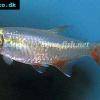 Bloodfin
Bloodfin  Panda
Panda  Green
Green 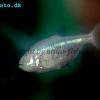 Blind
Blind 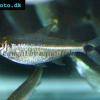 Kennedy
Kennedy 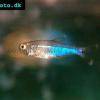 Blue
Blue 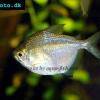 Discus
Discus 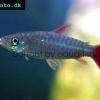 Pink
Pink 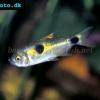 Bucktoothed
Bucktoothed  Black
Black 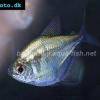 False
False 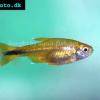 Silver
Silver  Hemigrammus
Hemigrammus 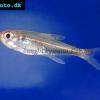 Dash-dot
Dash-dot 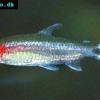 Rummy
Rummy 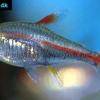 Glowlight
Glowlight 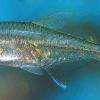 January
January 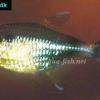 Head
Head  Garnet
Garnet 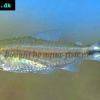 Rummy
Rummy  Gold
Gold 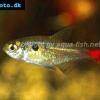 Red
Red  Ember
Ember 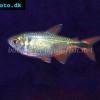 Buenos
Buenos  Colombian
Colombian 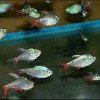 Ecuador
Ecuador  Bleeding
Bleeding 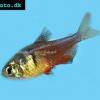 Flame
Flame 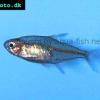 Georgett’s
Georgett’s  Griems
Griems  Kitty
Kitty 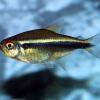 Black
Black  Firefin
Firefin 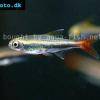 Loreto
Loreto 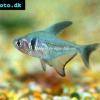 Black
Black 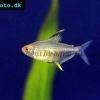 Lemon
Lemon 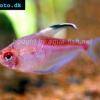 Redback
Redback  Rosy
Rosy 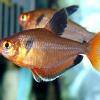 Serpae
Serpae 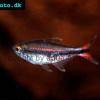 Savanna
Savanna 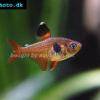 Red
Red 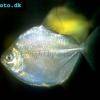 Silver
Silver 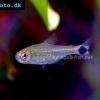 Ceros
Ceros  Napo
Napo 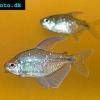 Diamond
Diamond 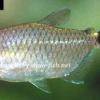 Red
Red 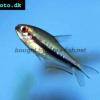 Rainbow
Rainbow 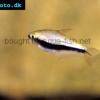 Emperor
Emperor 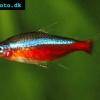 Cardinal
Cardinal 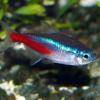 Neon
Neon 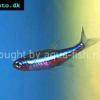 Green
Green  False
False 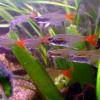 Glass
Glass 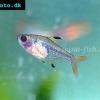 X-ray
X-ray 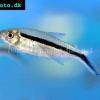 Penguin
Penguin